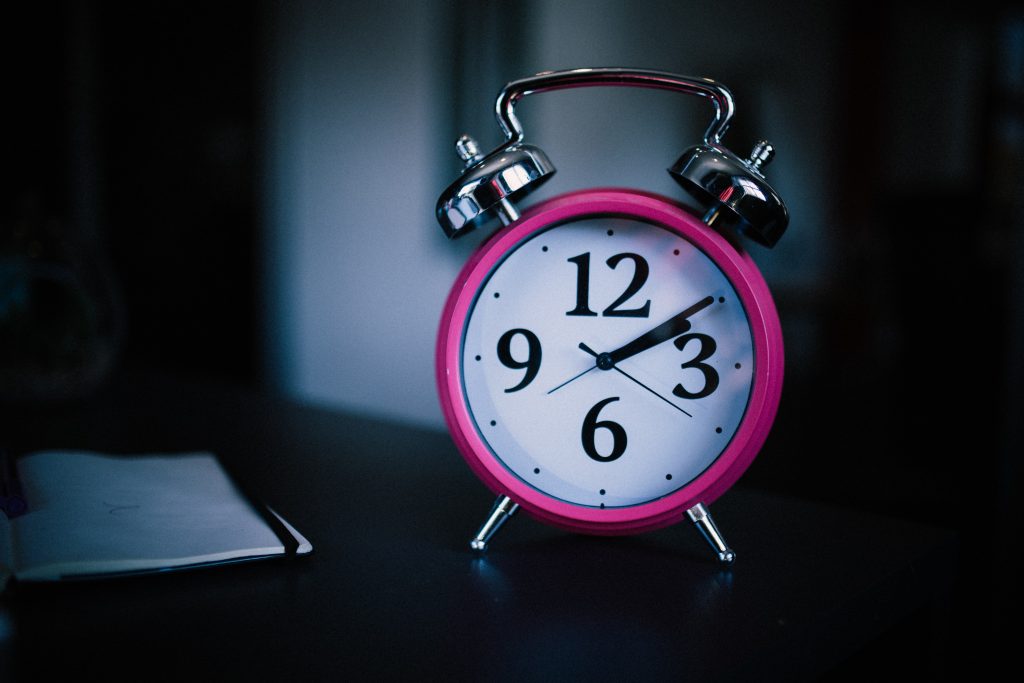CBT-I or Cognitive Behavior Therapy for Insomnia focuses on exploring the connection between the way we think, the things we do, and how we sleep. I recently went through a training to better understand how to apply these principles. During treatment, a trained CBT-I provider helps to identify thoughts, feelings, and behaviors that are contributing to the symptoms of insomnia.
Thoughts and feelings about sleep are examined and tested to see if they’re accurate, while behaviors are examined to determine if they promote sleep. A provider will then clarify or reframe misconceptions and challenges in a way that is more conducive to restful sleep.
The World Health Organization defines insomnia as a problem initiating and/or maintaining sleep or the complaint of nonrestorative sleep that occurs on at least three nights a week and is associated with daytime distress or impairment. Insomnia lasting less than one month is generally considered “acute” and is often associated with clearly defined precipitants such as stress, acute pain, or substance abuse. Insomnia is characterized as being chronic when symptoms persist unabated for a duration of at least one month, and more typically for durations of time that are six months or greater.
CBT-I is often called a multicomponent treatment because it combines several different approaches. Sessions may include cognitive, behavioral, and educational components.
- Cognitive interventions: Cognitive restructuring attempts to change inaccurate or unhelpful thoughts about sleep.
- Behavioral interventions: Relaxation training, stimulus control, and sleep restriction promote relaxation and help to establish healthy sleep habits.
- Psychoeducational interventions: Providing information about the connection between thoughts, feelings, behaviors, and sleep are central to CBT-I.
Let me illustrate a few of the common techniques used in CBT-I:
Cognitive Restructuring
In people with insomnia, inaccurate or dysfunctional thoughts about sleep may lead to behaviors that make sleep more difficult, which then reinforce the dysfunctional thoughts. For example, prior experiences of insomnia may lead to worry about falling asleep. This worry may lead to spending excessive time in bed to try to force sleep. Both worry and excessive time in bed can make falling and staying asleep more challenging. This can become a frustrating, nightly cycle that can be difficult to break. Cognitive restructuring begins to break this cycle through identifying, challenging, and altering the thoughts and beliefs that contribute to insomnia. Common thoughts and beliefs that may be addressed during treatment include anxiety about past experiences of insomnia, unrealistic expectations of sleep time and quality, and worry about daytime fatigue or other consequences of missed sleep. Inaccurate thoughts are identified, challenged, and altered with the help of a trained provider who can assist in evaluating them more objectively. Homework is often assigned to allow time to practice these skills between sessions.
Stimulus Control
Many people with insomnia begin to dread their bedroom, associating it with wakefulness and frustration. They may also associate their bedroom with habits that make sleeping more difficult, like eating, watching TV, or using a cell phone or computer. Stimulus control attempts to change these associations, reclaiming the bedroom as a place for restful sleep. During treatment, the bed is only used for sleep and sex. Clients are instructed to get out of bed when it is difficult to fall asleep or when they lie awake for more than 10 minutes, only going back to bed when they are tired again. Clients are instructed to set an alarm for the same time every morning and are discouraged from taking daytime naps.
Sleep Restriction and Compression
People with insomnia often spend too much time lying in bed awake. Sleep restriction limits time spent in bed in order to reestablish a consistent sleep schedule. This technique is intended to increase the drive to sleep and can temporarily increase daytime fatigue. It is not recommended for people with certain medical conditions that can be made worse by losing sleep, such as bipolar disorder and seizures. Sleep restriction begins by calculating the total time spent asleep on a typical night using a sleep diary. Time in bed is then adjusted to reflect this amount, plus 30 minutes. For example, if a person is trying to sleep 8 hours a night but only getting 5 hours, they start by adjusting their bedtime to spend 5 hours and 30 minutes in bed. Once a person spends the majority of their time in bed sleeping, they can begin gradually increasing their time in bed. Sleep compression is a slightly different, and more gentle approach, often used with older people. Instead of immediately reducing time in bed to the amount of sleep they get on a typical night, time in bed is gradually reduced until it is reasonably close to the time they spend actually sleeping.
Relaxation Training
Relaxation techniques can help reduce the racing thoughts and tension that often accompany lying in bed awake. These techniques can increase the body’s natural relaxation response, which is helpful for the body and mind. This includes breathing exercises, progressive muscle relaxation, and meditation.
Homework
CBT-I is a collaborative process and the skills learned in sessions require practice. Homework is a common component of treatment. Assignments in-between sessions may involve keeping a sleep diary, practicing questioning automatic thoughts or beliefs when they arise, and improving sleep hygiene practices.
Of course, it is always advisable to see your physician to rule out any underlying medical condition impacting your sleep, and medication when appropriate may play a positive role in treating insomnia. If you need help looking at issues that may be contributing to your sleep difficulties, give Pike Creek Psychological Center a call. Have sweet dreams tonight!

